Home > Climate News >
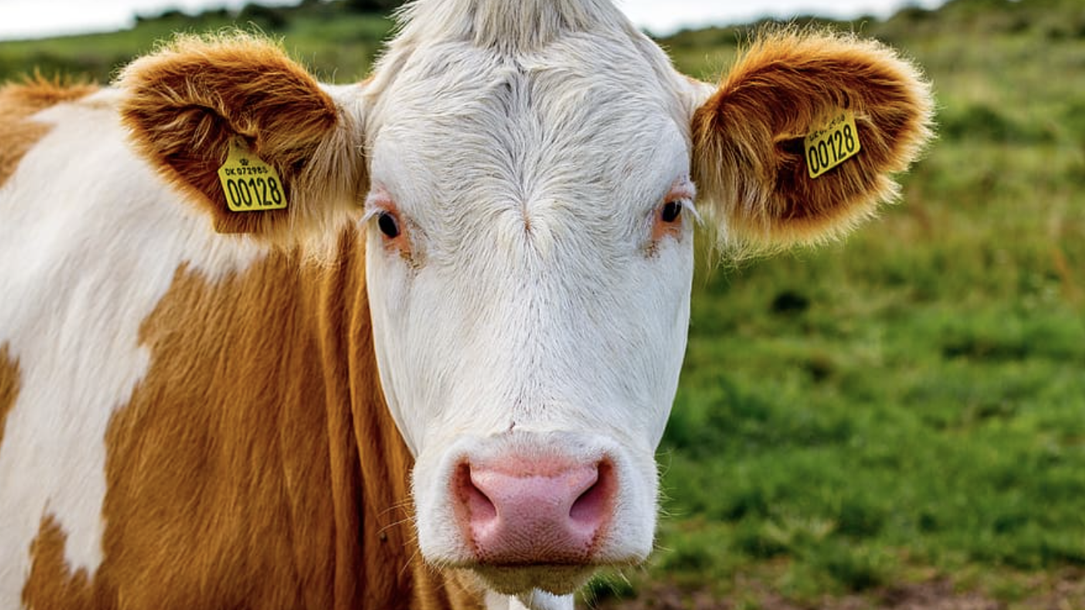
Research report: Antibiotics and temperature interact to disrupt soil communities and nutrient cycling
Soils contain immense diversity and support terrestrial ecosystem functions, but they face both anthropogenic and environmental stressors. While many studies have examined the influence of individual stressors on soils, how these perturbations will interact to shape soil communities and their ability to cycle nutrients is far less resolved. Here, we hypothesized that when soils experience multiple stressors their ability to maintain connected and stable communities is disrupted, leading to shifts in C and N pools.

The impact of climate change in the Pacific Northwest
“Instead of feeling overwhelmed, it helps focus on the things we can control. To address climate change, we need to reduce our emissions and increase carbon sequestration. Forterra’s approach is two-fold: restoring our ecosystems, which are natural carbon sinks, and facilitating sustainable new development that both builds social equity and has a smaller carbon footprint.
“Through our community real estate program, we apply our expertise in negotiation, financing, and entitlement to support local communities in fostering well-being. One example of this is cross-laminated timber (CLT), a wood panel product made by gluing together layers of lumber stacked in alternating perpendicular directions. CLT reduces the cost of construction to make homes more affordable, creates new jobs in struggling rural communities, enhances forest health and stores more carbon when paired with sustainable harvesting. Learn about our work with a CLT modular prototype here…”
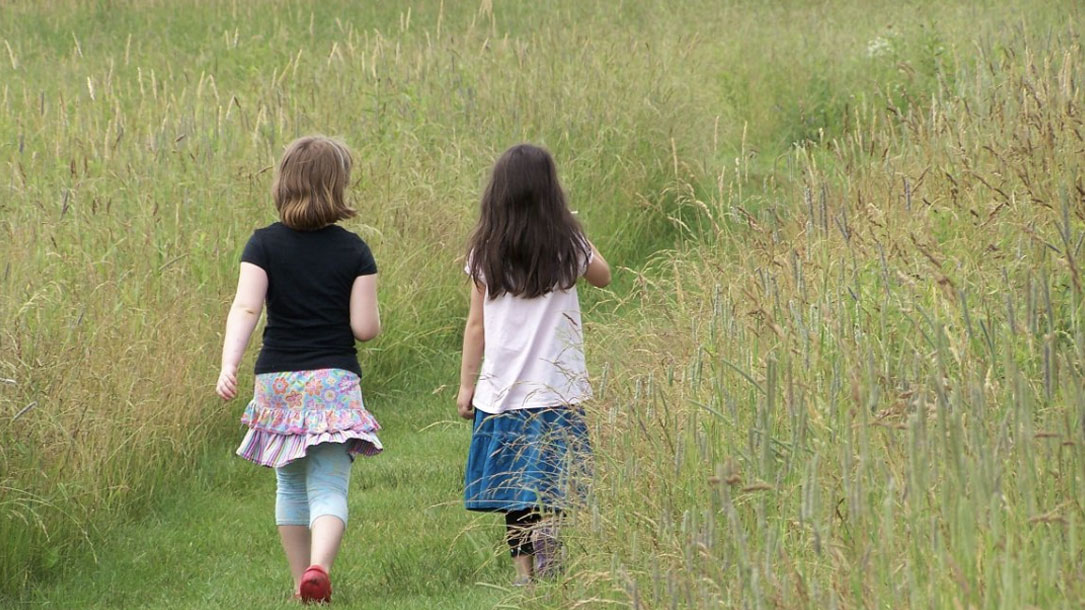
Climate change is here. Nature-based solutions can help.
Openlands works across the Chicago metropolitan region to advance nature-based solutions to climate change, improve the health and well-being of communities, and create a more verdant region for all.
Learn more about [their] work and how you can get involved to help make a more sustainable, equitable region with Openlands…
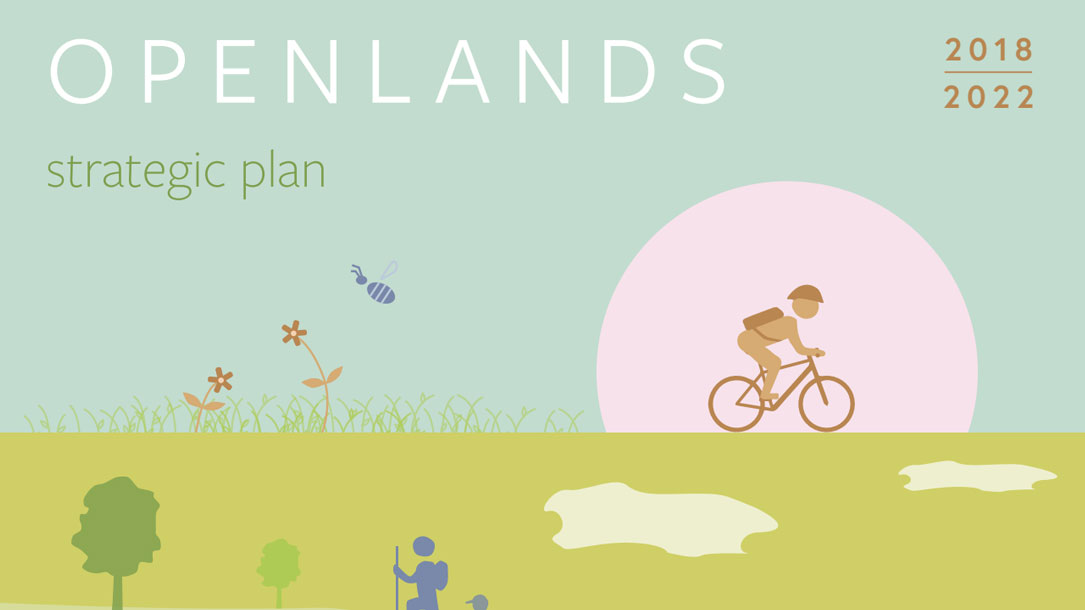
Openlands strategic plan
Openlands’ vision for the region is a landscape that includes a vast network of land and water trails, tree-lined streets, and intimate public gardens within easy reach of every city dweller. It also includes parks and preserves big enough to provide natural habitat and to give visitors a sense of the vast prairies, woodlands, and wetlands that were here before the cities. In sum, Openlands believes that protected open space is critical for the quality of life of our region.

To best fight climate change, ‘Blue Carbon’ habitats must first survive it
Increasingly, U.S. coastal landscapes are home to “ghost forests”—the remnants of healthy forests ravaged by rapid saltwater intrusion and increased flooding caused by climate change-related events, such as sea-level rise, hurricanes, and drought.
Sometimes, salt-tolerant marsh grasses replace coastal freshwater forests, but because of the release of stored carbon as trees decompose, this transition may result in a temporary net loss of stored carbon and increase the release of other greenhouse gases such as methane [a very powerful climate change accelerator].
Initial research suggested that tree stems in ghost forests may serve as a type of straw, allowing the release of methane into the atmosphere from the degraded trees, said Melinda Martinez, a Mendenhall post-doctorate/research ecologist with the U.S. Geological Survey within the Wetland and Aquatic Research Center in Lafayette, Louisiana…
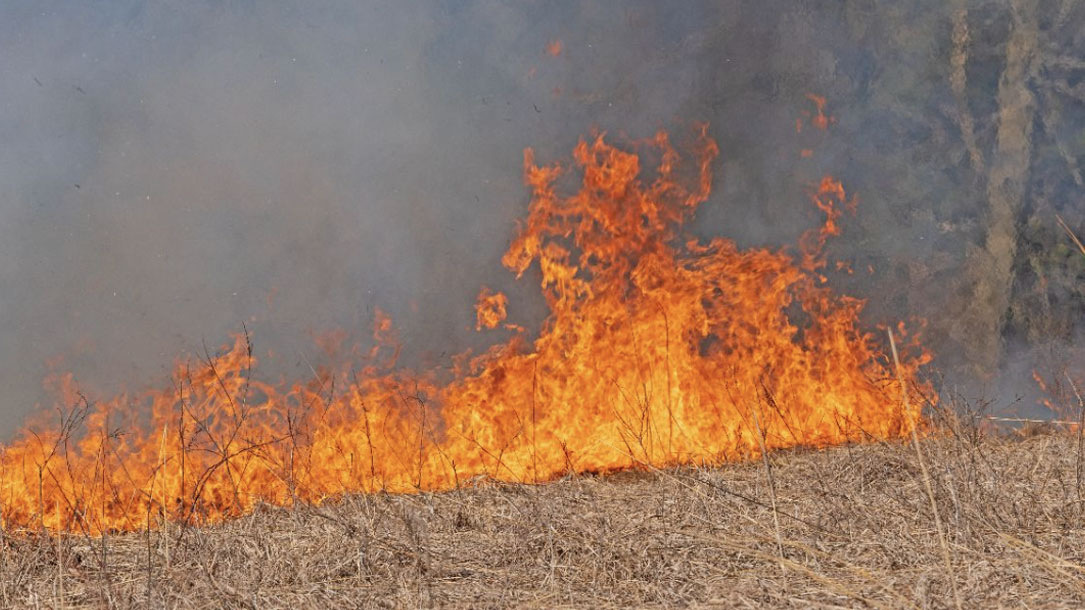
USDA Forest Service Chief Randy Moore’s statement announcing actions the Forest Service will take to resume its prescribed fire program safely and effectively after completion of its 90-day national review
Washington D.C.,September 8, 2022 — USDA Forest Service Chief Randy Moore released the following statement announcing actions the Forest Service will take to resume its prescribed fire program safely and effectively after completion of its 90-day national review…
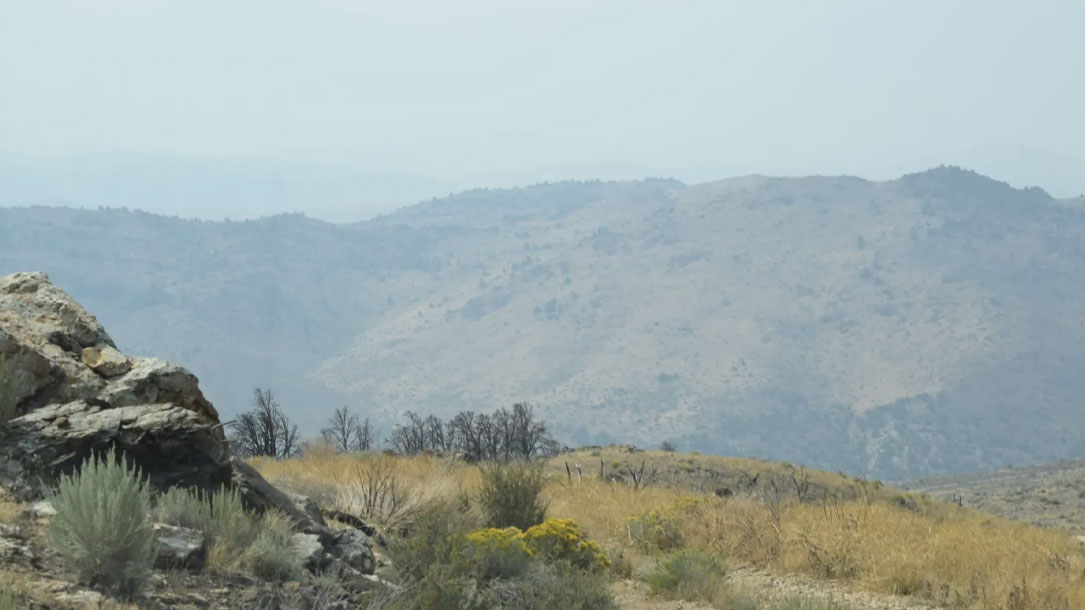
Fire weather extremes make prescribed burns riskier, but more essential than ever
“Although prescribed fire is one of the most effective ways to reduce wildfire risk, this was a necessary decision in light of recent prescribed fire escapes,” U.S. Forest Service Chief Randy Moore wrote in a national directive in September, announcing the agency would resume prescribed burns following the pause. “This also reflects the growing recognition that extreme conditions of overgrown forests, climate change, and more than a century of rigorous fire suppression are influencing fire behavior in ways we had never seen before…”
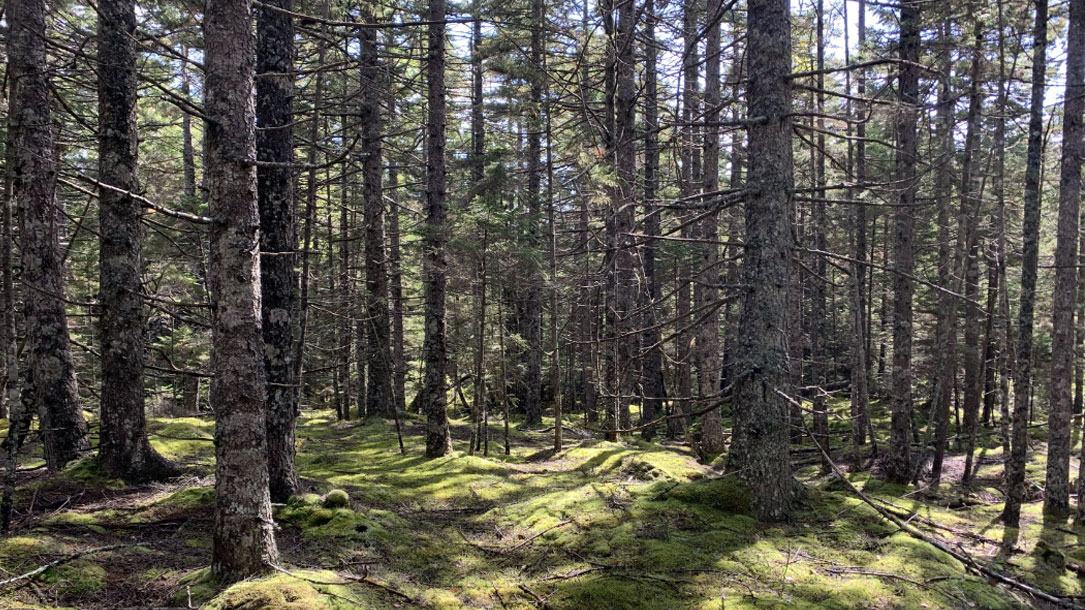
Exploring carbon sequestration
“[They] are following the model from other land trusts. There is a cost for land trusts to manage forests for increased carbon sequestration. [They] aren’t a commercial forestry operation and need revenue in order to manage forests.
Carbon offsets and the carbon market can provide resources for land trusts to restore large commercial forest landscapes, and support the ongoing cost of stewardship and restoration that a land trust is responsible for.
Whatcom Land Trust would only take on a carbon sequestration project that supports our mission, improves the forest ecosystem, and sequesters more carbon than it would otherwise…”
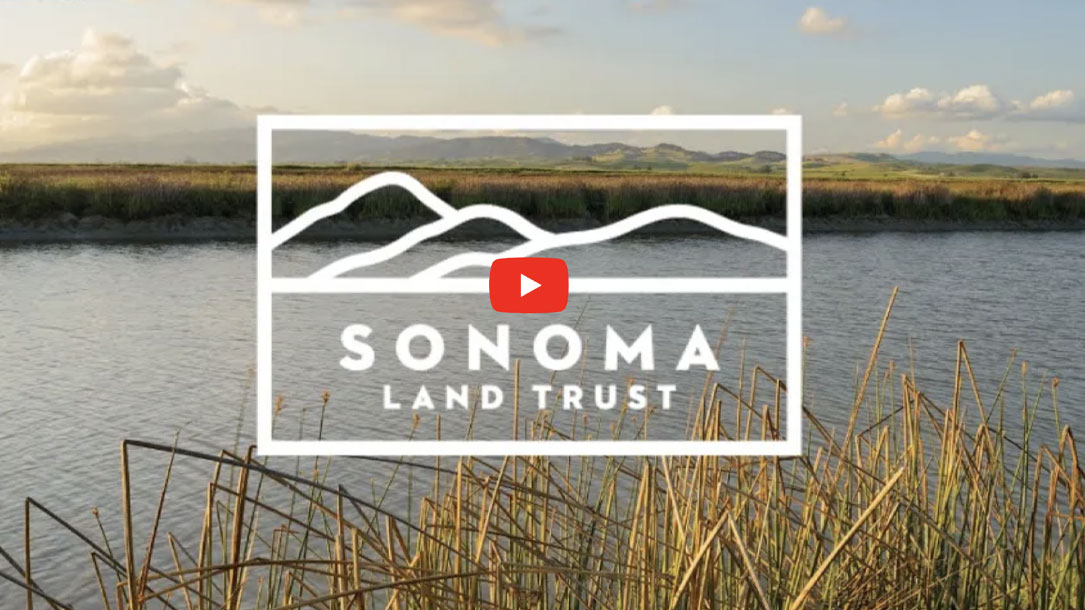
Video: Unpacking 30×30 for Sonoma County
The Land Trust is playing a key role in helping the state and nation achieve the 30×30 goal through purchase of land and stewardship of 17 nature preserves managed for biodiversity conservation, and most of their conservation easements which were originally identified for their unique biological value.

Sonoma Land Trust and 30×30
“California has joined over 72 countries, including the United States, in setting a goal of conserving 30% of our lands and coastal waters by 2030. Achieving this goal will allow California to protect biodiversity, expand equitable access to nature, and build resilience to climate change. Scientists warn that we must meet the 30×30 goal to avoid the worst impacts of a warming planet.
“From the San Pablo baylands, through the Marin Coast-Blue Ridge Critical Linkage, and into the Russian River watershed, Sonoma Land Trust has projects and programs focused on our most threatened species and habitat areas. Sonoma Land Trust is playing a key role in helping the state and the nation achieve the 30×30 goal through the purchase of land and stewardship of our 17 nature preserves managed for biodiversity conservation and most of our conservation easements which were originally identified for their unique biological value….”












